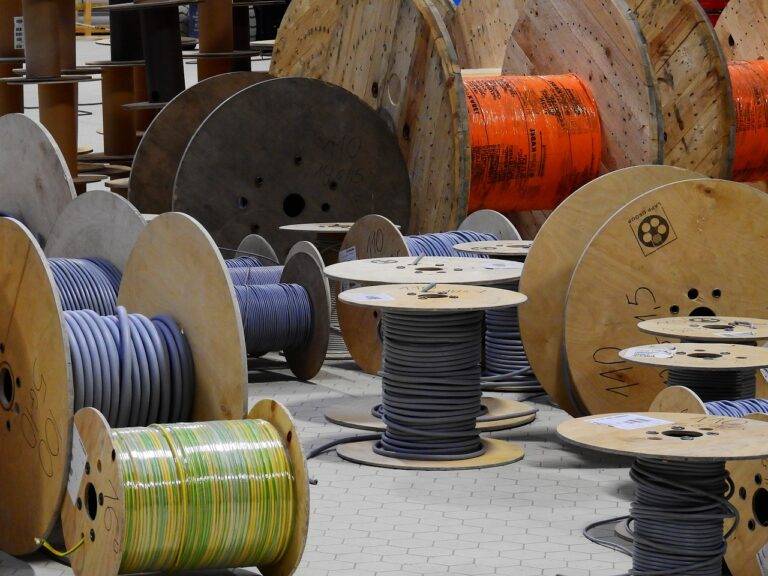The Future of Tech in the Textile Industry
Textile manufacturing faces various challenges in the traditional production process. One significant issue is the high labor costs associated with manual labor required at every stage of production. This not only adds to the production expenses but also increases the chances of errors and inconsistencies in the final product, impacting the quality and efficiency of the overall process.
Another challenge lies in the limited scalability of traditional textile manufacturing methods. The manual nature of tasks makes it difficult to increase production capacity without significantly increasing resources, which can hinder the ability of manufacturers to meet growing demand in a cost-effective manner. This limitation also restricts the flexibility and agility of manufacturers to adapt to changing market trends and consumer preferences swiftly.
Impact of Technology on Textile Production Processes
As technology continues to advance at a rapid pace, the textile industry is experiencing significant changes in its production processes. One of the key impacts of technology on textile production is the automation of various tasks, resulting in increased efficiency and productivity. Automated machinery and equipment have revolutionized the way textiles are manufactured, allowing for faster production and higher quality products.
Moreover, technology has also played a crucial role in improving sustainability in textile manufacturing processes. Innovations such as water recycling systems, energy-efficient machinery, and eco-friendly dyes have helped reduce the environmental footprint of textile production. These advancements not only benefit the planet but also appeal to consumers who are increasingly seeking environmentally friendly products.
What are some challenges faced in traditional textile manufacturing?
Some challenges in traditional textile manufacturing include high labor costs, long production times, limited customization options, and environmental concerns related to water and energy consumption.
How has technology impacted textile production processes?
Technology has revolutionized textile production processes by introducing automation, digitalization, and advanced machinery. This has led to increased efficiency, faster production times, improved quality control, and the ability to produce complex designs.
What are some examples of technological advancements in textile production?
Examples of technological advancements in textile production include computer-aided design (CAD), automated cutting machines, digital printing, 3D knitting, and robotics for material handling.
How has technology helped in reducing environmental impact of textile production?
Technology has helped in reducing the environmental impact of textile production by enabling more sustainable practices such as water recycling, energy-efficient machinery, eco-friendly dyeing processes, and the use of recycled materials.
What are the future trends in technology for textile production?
Future trends in technology for textile production include the adoption of artificial intelligence, internet of things (IoT) for smart production processes, sustainable and bio-based materials, and the development of wearable technology in textiles.





